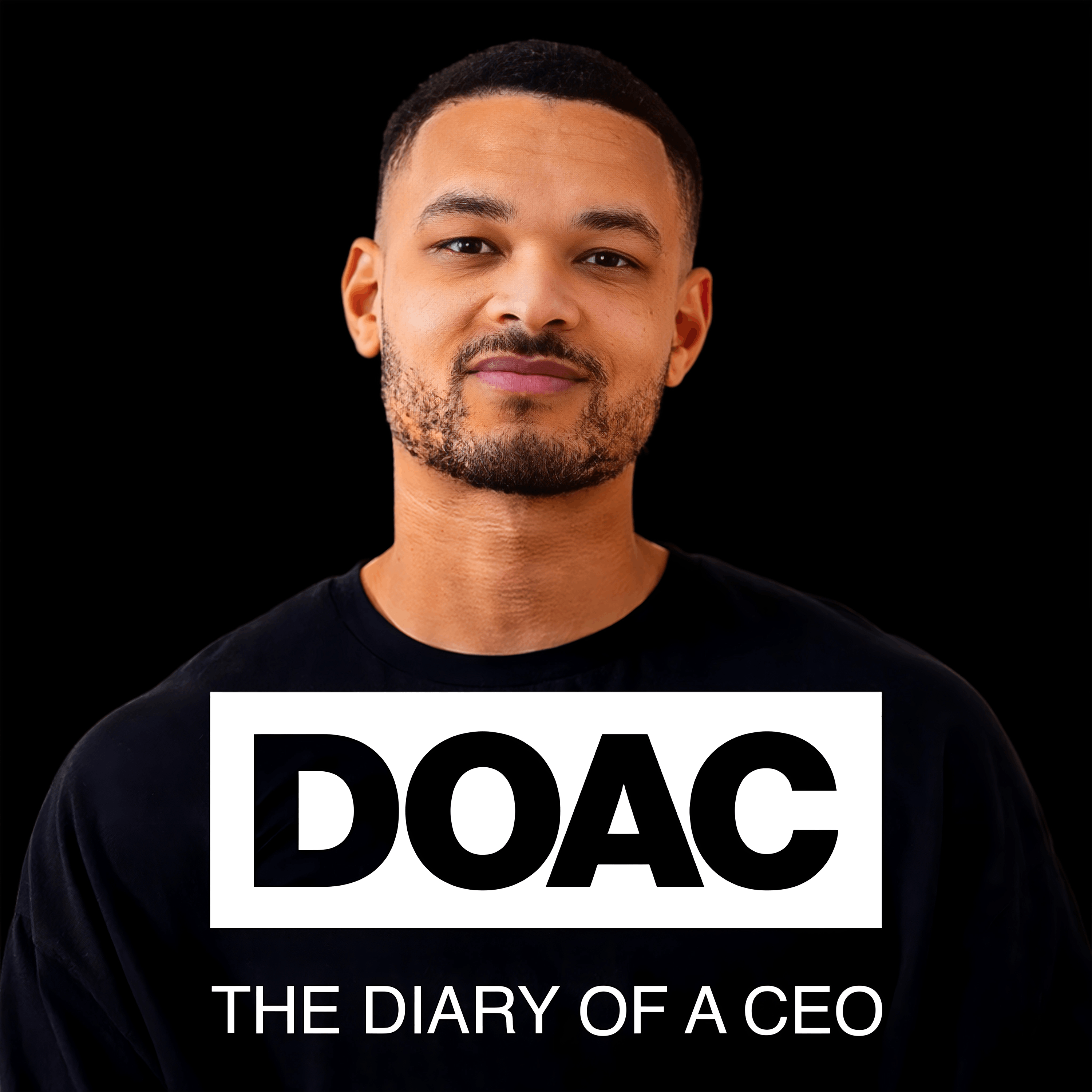
Heliox: Where Evidence Meets Empathy 🇨🇦
Join our hosts as they break down complex data into understandable insights, providing you with the knowledge to navigate our rapidly changing world. Tune in for a thoughtful, evidence-based discussion that bridges expert analysis with real-world implications, an SCZoomers Podcast
Independent, moderated, timely, deep, gentle, clinical, global, and community conversations about things that matter. Breathe Easy, we go deep and lightly surface the big ideas.
Curated, independent, moderated, timely, deep, gentle, evidenced-based, clinical & community information regarding COVID-19. Since 2017, it has focused on Covid since Feb 2020, with Multiple Stores per day, hence a sizeable searchable base of stories to date. More than 4000 stories on COVID-19 alone. Hundreds of stories on Climate Change.
Zoomers of the Sunshine Coast is a news organization with the advantages of deeply rooted connections within our local community, combined with a provincial, national and global following and exposure. In written form, audio, and video, we provide evidence-based and referenced stories interspersed with curated commentary, satire and humour. We reference where our stories come from and who wrote, published, and even inspired them. Using a social media platform means we have a much higher degree of interaction with our readers than conventional media and provides a significant amplification effect, positively. We expect the same courtesy of other media referencing our stories.
Heliox: Where Evidence Meets Empathy 🇨🇦
🧠 Human Cognitive Diversity: Understanding, Representation, and Explanation
A deep dive into the science that's shattering our assumptions about human minds
We stand at a crossroads. We can continue pretending that normal exists, pathologizing difference and forcing square pegs into round holes. Or we can embrace what the science is telling us: human cognitive diversity isn't a problem to be solved—it's a resource to be treasured.
This isn't about being nice or politically correct. It's about recognizing reality. The research is clear: diversity of thought drives innovation, resilience, and adaptation. Societies that embrace cognitive differences outperform those that enforce conformity.
Published online by Cambridge University Press: 05 August 2025
This is Heliox: Where Evidence Meets Empathy
Independent, moderated, timely, deep, gentle, clinical, global, and community conversations about things that matter. Breathe Easy, we go deep and lightly surface the big ideas.
Thanks for listening today!
Four recurring narratives underlie every episode: boundary dissolution, adaptive complexity, embodied knowledge, and quantum-like uncertainty. These aren’t just philosophical musings but frameworks for understanding our modern world.
We hope you continue exploring our other podcasts, responding to the content, and checking out our related articles on the Heliox Podcast on Substack.
About SCZoomers:
https://www.facebook.com/groups/1632045180447285
https://x.com/SCZoomers
https://mstdn.ca/@SCZoomers
https://bsky.app/profile/safety.bsky.app
Spoken word, short and sweet, with rhythm and a catchy beat.
http://tinyurl.com/stonefolksongs
Curated, independent, moderated, timely, deep, gentle, evidenced-based, clinical & community information regarding COVID-19. Since 2017, it has focused on Covid since Feb 2020, with Multiple Stores per day, hence a large searchable base of stories to date. More than 4000 stories on COVID-19 alone. Hundreds of stories on Climate Change.
Zoomers of the Sunshine Coast is a news organization with the advantages of deeply rooted connections within our local community, combined with a provincial, national and global following and exposure. In written form, audio, and video, we provide evidence-based and referenced stories interspersed with curated commentary, satire and humour. We reference where our stories come from and who wrote, published, and even inspired them. Using a social media platform means we have a much higher degree of interaction with our readers than conventional media and provides a significant amplification effect, positively. We expect the same courtesy of other media referencing our stories.
Welcome to the deep dive. We're here to distill the key insights from fascinating topics, basically giving you a short cut to being really well informed. Today, we're diving into something, well, fundamental, human diversity, but not just how we look different. Right. We're talking about the incredible, often unseen variety in how we actually think. Yeah, the cognitive side. Exactly. OK, let's unpack this. Our mission is to explore how we investigate, how we represent, how we explain, and ultimately how we should value this whole spectrum of human minds. And we're drawing a lot from Ingo Brigham's work on human cognitive diversity. That's the one. What's fascinating here, I think, is that this isn't just some, you know, academic navel gazing. No, definitely not. How science understands and crucially talks about cognitive variation. It has these profound societal ripples, doesn't it? Absolutely. Affecting education, policy, mental health. The works. It's a really crucial lens for understanding, well, the world we live in full of all these different people. Totally agree. So let's start maybe at the beginning. How have we sort of traditionally tried to get a handle on differences in thinking? Okay. Yeah. It feels like sex differences in the brain was often the go-to starting point for a lot of people, maybe seemed intuitive. It did, yeah. And that often led down this path, what we call a typological approach. Typological. Yeah. The basic idea or hypothesis was that prenatal sex hormones – testosterone for males estrogen for females roughly speaking kind of organized the brain early on okay like setting down the basic structure exactly and then later hormones activate these supposedly pre-organized bits leading to distinct male or female ways of thinking and behaving okay and this allowed some researchers you mentioned Simon Baron Cohen Lou Anne Brizendine right people like them to actually use labels like the male brain versus the female brain and they link specific abilities to these types I guess like women are better at language men it's and faithful stuff that kind of thing precisely that you know verbal abilities for women spatial or mathematical for men nurturing versus systemizing is another common one hmm but you said this approach faced criticism Oh big time yeah both empirically and methodologically Rebecca Jordan Young, for instance, did this massive review and basically found that when you look at all the evidence, many of those claimed correlations between traits and sex just, well, they didn't really hold up. So the data wasn't as clear cut as presented. Not at all. And Janet Hyde's work, her gender similarities hypothesis, adds to that. It shows most cognitive differences between men and women are actually really small on average. Right. Plus, there's a huge methodological issue called typological thinking itself. It's a bit like criticisms of species essentialism in biology. Okay. It focuses too much on the average man or the average woman. and kind of glosses over the massive within group variation the differences among women or among men exactly which is often way bigger than the average difference between the groups Right. it treats variation like an error not a core feature so okay if these neat male female brain boxes are let's say scientifically shaky what does this mean for us? How should we think about it? Well, this is where it gets really interesting. Yeah. Because the alternatives paint a much richer, more complex picture. Like what? Okay, so one big idea is the mosaic brain hypothesis from Daphna Joel. Mosaic brain? Yeah. Her research suggests our brains aren't just one type or the other. Instead, your brain, my brain, they're unique mosaics of different features. A mix and match? Kind of. Some features might be statistically more common in males, others in females. But most individuals are a blend, a unique pattern. Very few brains are purely male or purely female across the board. That sounds much more realistic, actually. More like the people we know. It does, doesn't it? But it's not just about biology or sex differences. Culture plays a massive role, too. Cultural psychology. Exactly. Richard Nisbet's work, for example. he found fascinating differences, like East Asians often having a more holistic thinking style, seeing the big picture context relationships, whereas Westerners tend to be more analytical, focusing on objects, categories, applying logical rules. And neither is better, just different ways of processing. Precisely. And then there's Joseph Henrich's work on weird people. Weird, that sounds judgmental. Huh. What's an acronym? Yeah. Western, educated, industrialized, rich, and democratic. Ah. Got it. His point is that most psychology research, like overwhelmingly is done on people from these societies. Okay. But these weird people, they're actually a cognitive outlier globally. Something like 96% of psych subjects are, come from countries with only 12% of the world's population. Wow, 96%. That's huge. It's staggering. It means a lot of what psychology thought was human nature might just be weird human nature. So basic things we assume are universal might not be. Exactly. Get this. The Miller-Lyer optical illusion. You know, the lines with the arrows. Yeah, where one looks longer. Right. Well, it turns out many people from non-Western, non-industrialized cultures aren't fooled by it nearly as much. They see the lines as the same length. No way. So even basic visual perception isn't totally hardwired. It's just it's heavily influenced by our visual environment, the kinds of corners and lines we grew up seeing, and cultural neuroscience shows this goes deep. How so? Different brain regions might get recruited for the same task. like native Chinese versus English speakers doing arithmetic, or even Chinese versus German participants feeling empathy when seeing someone angry, different neural networks could be involved. So culture literally shapes how our brains wire themselves for certain tasks. It seems so. And this idea of moving beyond simple categories applies elsewhere too, right? Like biological sex isn't strictly binary either. You mean with intersex conditions. Exactly. It's more of a spectrum. And in psychology, people talk about intersectional analyses. Looking at how different identities overlap. Yeah. How things like gender, race, class, ethnicity, all interact to shape our experiences and yes, our cognitive variation is never just one thing. Okay, so switching from these simple types to mosaics and cultural influences, that must have big implications. for society, right? Sticking to the old ways seems risky. It really is. Because if you keep pushing these simplistic male brain, female brain ideas, you risk reinforcing harmful stereotypes. Like saying certain jobs are naturally suited for one sex or the other. Exactly that. linking, say, systemizing to men in high status jobs while linking nurturing to women and often less valued roles, it actively undermines social equity. Some people might say, well, that's just the science. Don't bring politics into it. Yeah, but that's a misunderstanding of science. You know, science isn't performed in a vacuum. It's not totally value free. Choosing what to study, how to study it, how to represent the findings. Those involve value judgments and legitimate social values like promoting equity or reducing harmful stereotypes can and absolutely should guide research. It pushes us to find better methods, ones that actually capture the real complex diversity that's out there. That makes a lot of sense. OK, so we've looked at what cognitive diversity looks like, how we represent it. But the next logical step is. Why? Yeah. The explanation part. How did all this incredible variety come about? Right. And this gets us right into dismantling that old, unhelpful nature versus nurture debate. Ah, the classic dichotomy. Yeah. Which is really a false one. Yeah. Many older views just assumed differences were rooted in biology or purely innate. you know, Brizendine's fetal fork idea suggesting hormones set an innate biological destiny.- Okay, that's too simple.- Way too simple. And terms like innate, genetically programmed, hardwired, they sound definitive, but scientifically, they're actually pretty slippery and often misleading.- How are they misleading? They seem straightforward.- Well, Paul Griffiths has done great work on this. He points out that innate gets used to mean different things. Sometimes it means universal, sometimes an evolutionary adaptation, sometimes rigidly developed without learning. But those things don't always go together. An adaptation might be the ability to learn flexibly. You know, developmental plasticity is often the adaptation. So just slapping the label innate or hardwired on something. It doesn't actually explain how it develops. Exactly. It avoids giving a real mechanistic account. It doesn't tell you about the complex interactions between genes, cells, and the environment that actually build the trait. It's kind of an explanation stopper. And brain scans, don't they show biological differences? They show differences in brain structure activity, sure. But people often leap to assuming that means it's innate. But as Ginger Hoffman points out, socialization, learning, experience, all that also changes your brain structure and function. Ah, so a difference on a scan could be the result of experience, not the cause of a behavior. Precisely. The brain is constantly being shaped. Huh. Okay, so this isn't just semantics. It really changes how we interpret the evidence. So if nature versus nurture is out and innate is tricky... How do scientists explain this diversity now? What's the more accurate picture? It's all about the complex interplay. It's never just one thing. A key concept is phenotypic plasticity. Phenotypic plasticity. Yeah, it's just the ability of an organism, any organism, including us, to develop different traits depending on its environment. even with the same genes. Like the chameleon changing color? Sort of, but for all kinds of traits, including cognitive ones. And specifically for the brain, we talk about neuroplasticity. Our experiences don't just leave memories, they literally reshape our brain's connections, its structure, its function all throughout life. Like Michael Anderson's neural reuse. Exactly. That idea that brain regions are super flexible, constantly getting repurposed for new tasks based on our needs and experiences, our brains aren't fixed blueprints. They're dynamic, constantly adapting. Constantly. Then you layer on epigenetics. Right. I've heard that term. It's about genes being turned on or off. Yeah, essentially. Environmental factors, including social experiences, stress, diet, can add little chemical tags to our DNA that affect how genes are expressed without changing the underlying DNA sequence. itself. And this affects our brains and thinking. Absolutely. It can influence neurocognitive processes, and it's even implicated in mental health. Like certain social conditions can increase the risk for disorders, partly through these epigenetic mechanisms. Wow. So experiences get under the skin, literally down to the gene level. In a way, yes. Yeah. Then there's this fascinating idea. biological sensitivity to context.- Okay.- Ellis and Boyce talk about dandelion and orchid children. Dandelions are robust. They do okay pretty much anywhere.- Right.- Orchids are more sensitive. In a harsh environment, they might wilt. But in a supportive, nurturing environment, they can absolutely flourish, maybe even more than the dandelions. So sensitivity isn't just a negative thing? Not at all. It highlights how the same biological tendency can lead to very different outcomes depending entirely on the social environment. It creates diversity. And this links back to the sex-gender thing, too, I imagine. Definitely. Researchers now often use sex-gender, or gender sex, precisely to acknowledge that biology and social environment are inseparable, constantly influencing each other. Like a feedback loop. Exactly. Sari Van Ander's work shows this beautifully. Your behavior, your social role, can actually change your hormone levels, like testosterone or cortisol. which then feeds back and influences your brain and future behavior. It's not a one-way street from biology to behavior at all. That's a much more dynamic view. It is. And we also need to think historically and about how we shape our own evolution through niche construction. Each construction. Humans actively change their environments, right? Farming, cities, technology, social structures. And those changes then create new selective pressures that shape our bodies and minds. The classic example is lactose tolerance evolving after dairy farming. We changed our diet and our genes adapted. Right. And Henrik argues something similar happened with weird psychology. He traces it back, controversially perhaps, but interestingly, to the Catholic Church's marriage and family policies in medieval Europe. How did that change psychology? By breaking down traditional kinship networks, he argues. It fostered a more individualistic, analytically oriented psychology over centuries, a kind of cognitive niche construction. So our social structures literally reshaped how we think over generations. That's the idea. Joseph Zewitzky calls it mind-shaping. Our unique social learning abilities create environments that shape our cognitive evolution. And even from a purely evolutionary perspective, natural selection doesn't always favor one single best type. Often it favors diversity or plasticity itself, the ability to adapt to changing conditions. Okay, so this picture is way more complex, but also way more empowering, isn't it, if it's not all fixed biology? Exactly. That's the crucial takeaway. If you stick to purely biological innate explanations for things like cognitive differences or mental illness, it can foster these really fatalistic attitudes. Like, there's nothing we can do about it, it's just genetics. Right. Which discourages efforts to actually improve things, to reduce inequities. But if you understand the huge role of plasticity, epigenetics, social context, cultural factors. Then you see pathways for change. Precisely. It informs public policy. It helps us design better interventions for mental health, focusing on prevention and tackling harmful social conditions, not just treating symptoms after the fact. It allows us to actively work towards reducing disparities. Jonathan Kaplan made a great point about racism causing health problems. The solution isn't just better medicine, it's fighting racism itself. Addressing the root causes in the environment. Exactly. Wow. Okay. This has been a huge exploration of what diversity is and where it comes from, which leads to the final, maybe trickiest part. Given all this variation, how should we actually think about what's normal or functional? How do we value these differences? Yeah, this is where things get really transformative, I think. A good starting point is the social model of disability. Okay. How does that differ from the usual, say, medical view? Well, the medical model tends to locate disability solely within the individual's body or mind as a problem inherent to them. Right. Something to be fixed or cured. The social model flips that. It argues that disability is often created or worsened by the society, by physical barriers, yes, but also by inflexible systems. negative attitudes, performance demands designed only for a typical person. So like stairs disable someone in a wheelchair, not just their legs. Exactly. Or think about ADHD. In a rigid, neurotypical centric classroom or workplace, it might be highly disabling. But with accommodations, flexibility, maybe even a different environment, the disability aspect can shrink dramatically. The focus shifts to changing society, making it accessible, not just fixing the person. That makes sense. Making the environment fit the people, not forcing all people into one environment. Precisely. And this connects directly to the neurodiversity paradigm. Neurodiversity, right. Seeing things like autism, ADHD, dyslexia differently. Yeah. Instead of viewing them purely as disorders or deaths as it's needing a cure, the neurodiversity perspective sees them as natural variations in human neurology, alternative cognitive styles. Like different operating systems. Kind of. Valuable variations, potentially with their own strengths, not just weaknesses. It frames neurominorities, autistic people, ADHDers, dyslexics, as minority groups deserving acceptance and accommodation, not pathology. Nick Walker and Ron Amundsen are key figures here. Okay, that's a radical shift. But how far does that idea go? Can everything be just an alternative style? That's where Amundsen's work, especially against normal function, is so important. It's a real aha moment. What's the core idea? He makes this crucial distinction between the level of performance, how well someone does something, and the mode of performance, how they do it. Level versus mode. Okay. His point is... diversity of function is a fact of biology evolution produces many ways to achieve similar outcomes he gives great examples there was a goat born with only two legs yeah it learned to walk bipedally developed an s-shaped spine totally different gate but it got it right effectively high level performance totally different mode or think of elite wheelchair basketball players They achieve incredible athletic performance using vastly different upper body strengths and techniques, diverse modes, high level. Or signed languages, fully complex languages, just using visual manual mode instead of auditory vocal. Right. Different modalities, same linguistic richness. Exactly. Or think about autistic stimming repetitive movement. often seen as disordered, right? But for many autistic people, it's a vital and effective way to self-regulate, to cope with sensory overload, a beneficial mode for maintaining function. Like fidget spinners may be tapped into for everyone. Maybe. Amundsen's crucial point is that if you obsess about enforcing one single normal mode— like forbidding sign language in schools for the deaf, or trying to suppress stimming, you often don't improve anything. You actually reduce the person's overall level of performance and well-being by denying them their effective mode. That's incredibly important. Focusing on the how can actually harm the how well. Precisely. So if this diversity of function, this variety of modes is just a biological reality, what does that do to our whole concept of human nature? What does it even mean to be human then? Yeah, that's the big philosophical question lurking underneath all this, isn't it? it? It is. And it forces us to critique these older essentialist ideas about human nature. There's a tradition, neo-Aristotelian ethics or natural goodness. Philip Afoot, Rosalind Hursthouse. Yeah, them and Michael Thompson. They try to define what's naturally good for a species based on its supposed species-wide nature. They talk about Aristotelian necessities, things a human supposedly needs to flourish as a human. Okay. Sounds reasonable on the surface. But the problem is it tends to postulate one single monolithic nature. And anything that deviates from that, whether it's deafness, colorblindness, maybe even certain social behaviors like free writing, gets labeled a natural defect. Oof. Defect is strong language. It is. And it's not really empirical, is it? It ignores the actual biological facts of variation in plasticity we've been talking about. It ends up imposing a norm often based on able-bodied neurotypical assumptions. And historically, these kinds of arguments were used to justify biases against women, racial minorities. It can get quite ugly, frankly, using terms like defective human beings. So it risks being really exclusionary and, well, dehumanizing. Exactly. Thankfully, modern philosophy is moving towards much more inclusive accounts of human nature. Like what? Well, Grant Ramsey has this trait cluster account. He sees human nature not as one essential thing, but as the pattern of trach clusters within the totality of extant human possible life histories. That sounds complex. It basically emphasizes the vast range of individual potentials and how development is contingent. It's about the collection of possibilities, not a single blueprint. More dynamic, less fixed. Right. And Maria Kronfelder is even more direct. Her view is post-essentialist, pluralist, and interactive. She says, sure, we can have different concepts of human nature for different purposes, classifying, describing, explaining. But... But she forcefully rejects any concept of human nature that tries to be normative, that tries to say this is the ideal way to be, or this trait is normal, that one is defective. No judgments allowed based on some imaginary ideal. So the bottom line is... any useful idea of human nature has to embrace the diversity we actually see? Yes. It has to fully capture that variety and plasticity, and it absolutely cannot be used to devalue anyone's way of being or thinking. Human nature should be descriptive, maybe explanatory, but never prescriptive or judgmental. Wow. We have covered a lot of ground, from how we even talk about cognitive differences through the complex reasons why we differ, all the way to challenging fundamental ideas about normalcy and human nature itself. It's been quite the journey. It really has. So boiling it all down, what does this deep dive mean for you, the listener out there navigating this world full of, well, wonderfully diverse minds? I think the core takeaway is that our understanding here is constantly evolving, right? But the real value is recognizing the incredible richness and, frankly, the power that comes from truly embracing all these forms of human cognition. It means challenging our own assumptions, questioning simplistic labels. And building a world where all these unique cognitive mosaics can actually thrive. Exactly. And maybe the provocative thought to leave with is what new possibilities really open up for individuals, for society, for innovation, when we stop trying to fit everyone into one box and genuinely start valuing all the different ways human minds can work? A powerful question to ponder. This has been a truly insightful deep dive. Thank you for exploring human cognitive diversity with us.
Podcasts we love
Check out these other fine podcasts recommended by us, not an algorithm.

Hidden Brain
Hidden Brain, Shankar Vedantam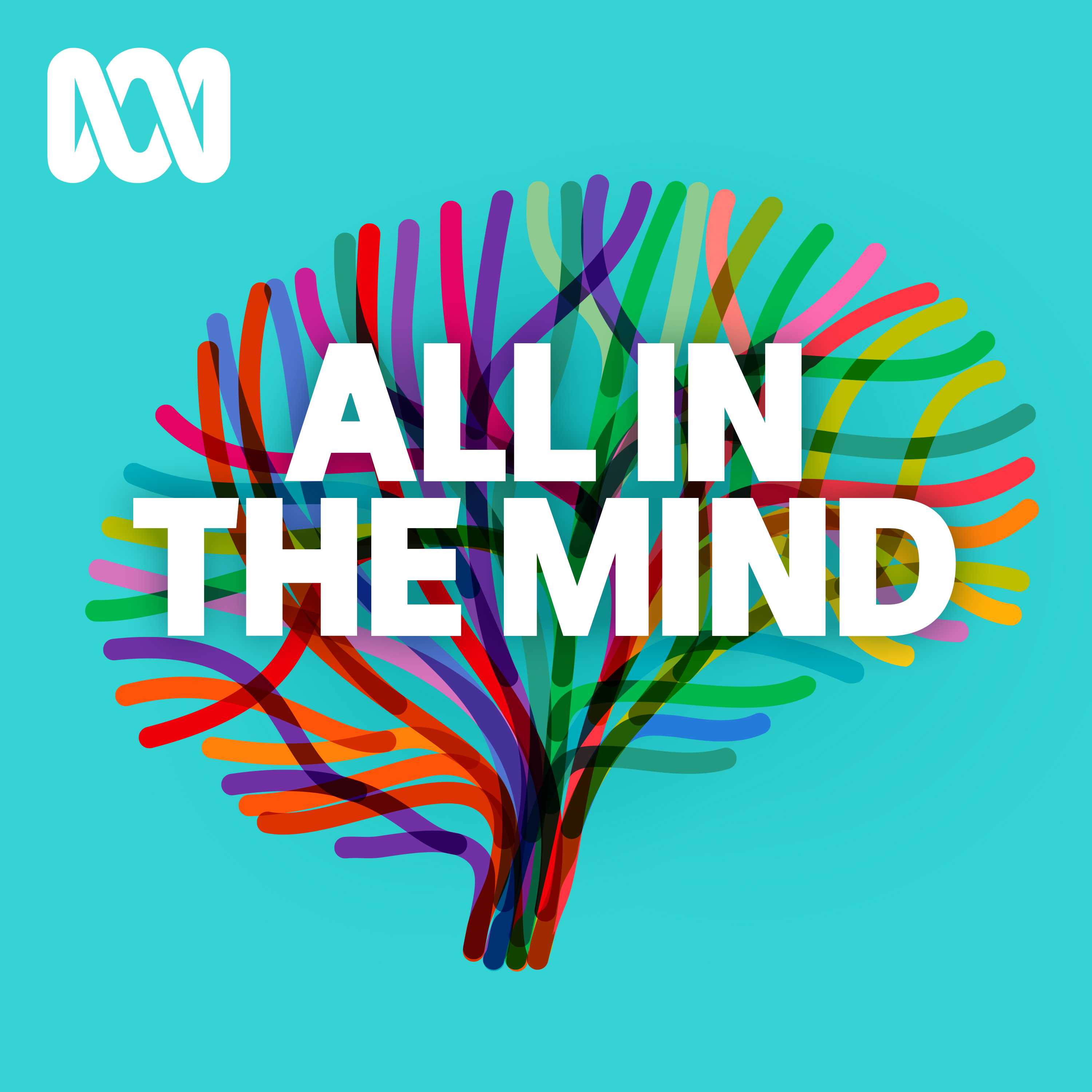
All In The Mind
ABC listen
What Now? with Trevor Noah
Trevor Noah
No Stupid Questions
Freakonomics Radio + Stitcher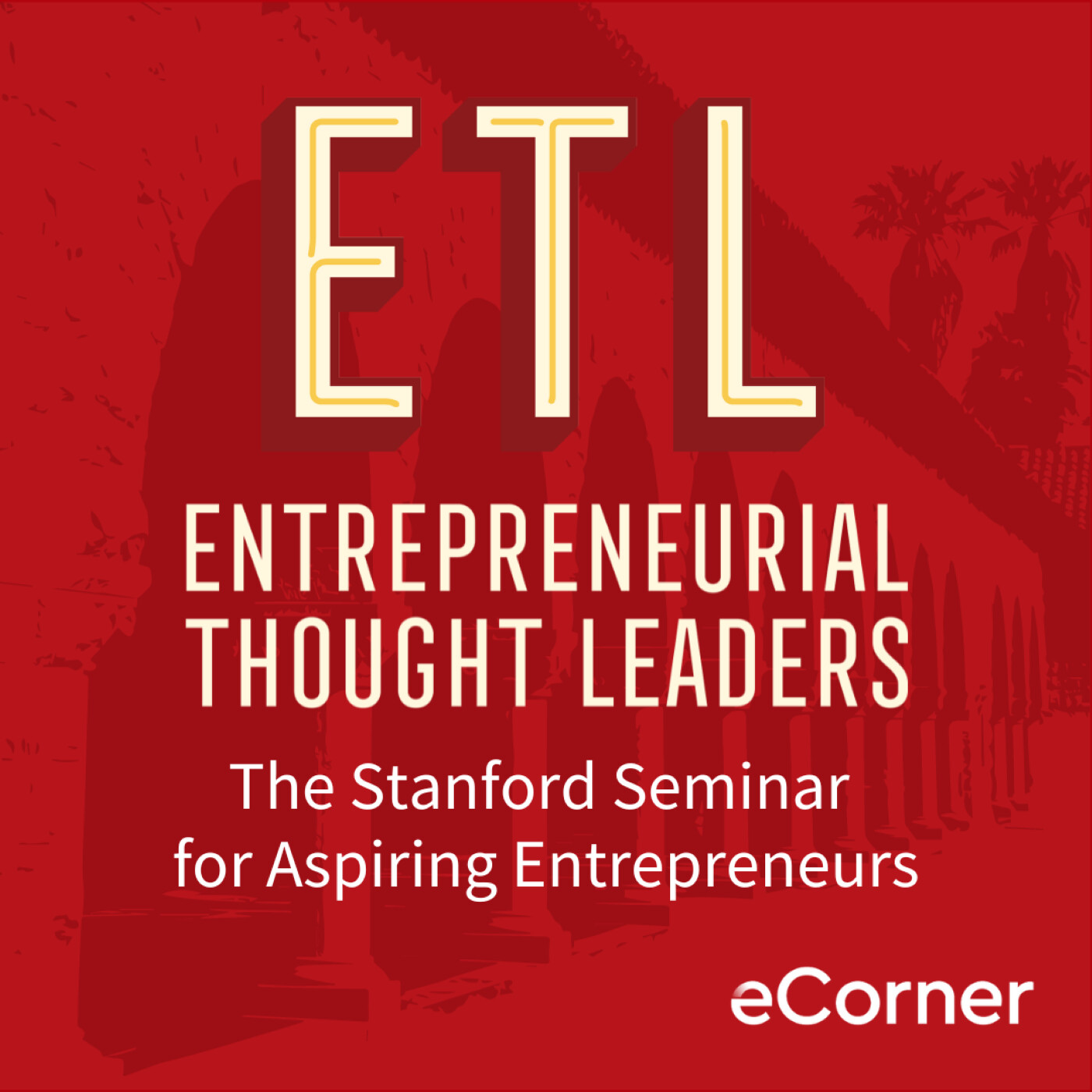
Entrepreneurial Thought Leaders (ETL)
Stanford eCorner
This Is That
CBC
Future Tense
ABC listen
The Naked Scientists Podcast
The Naked Scientists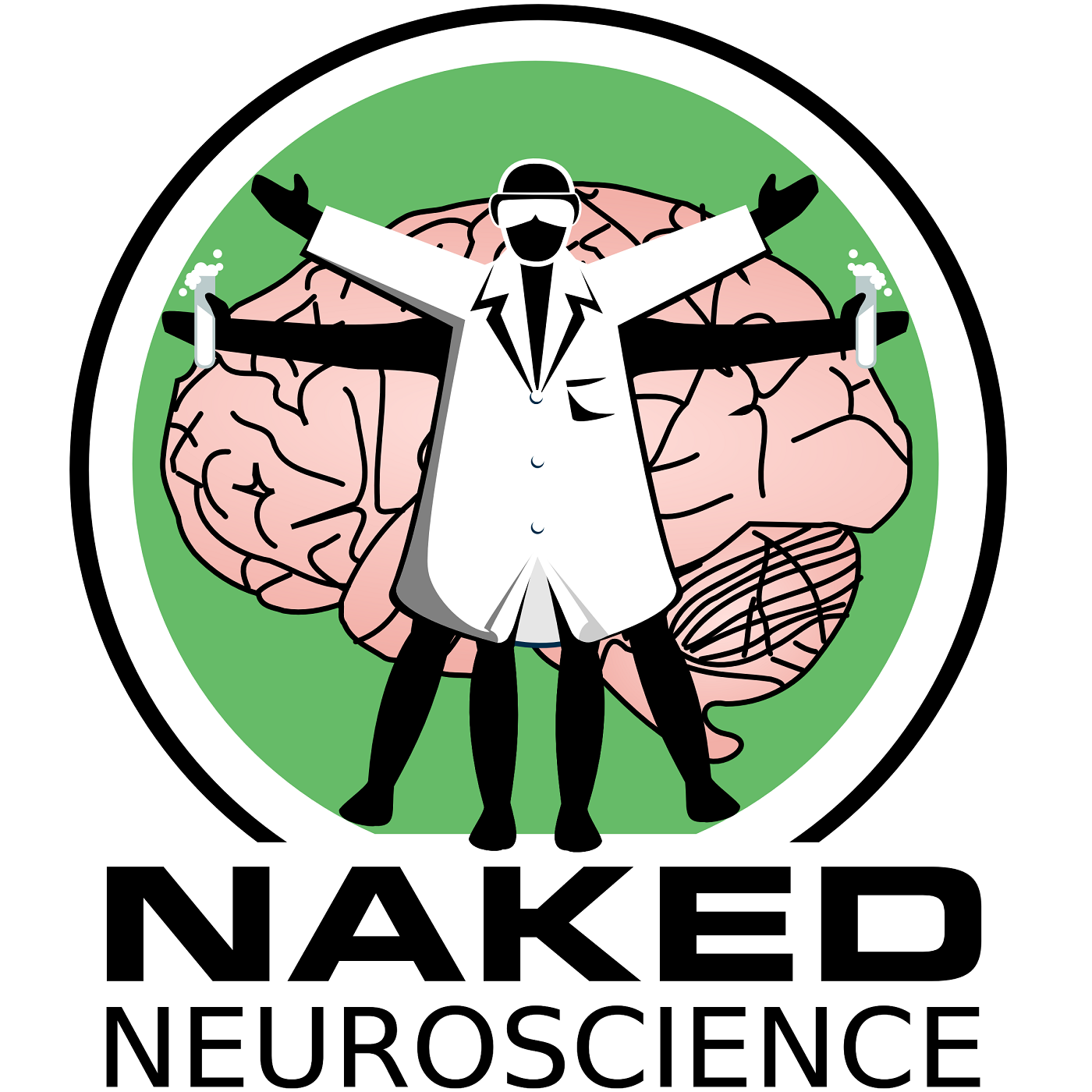
Naked Neuroscience, from the Naked Scientists
James Tytko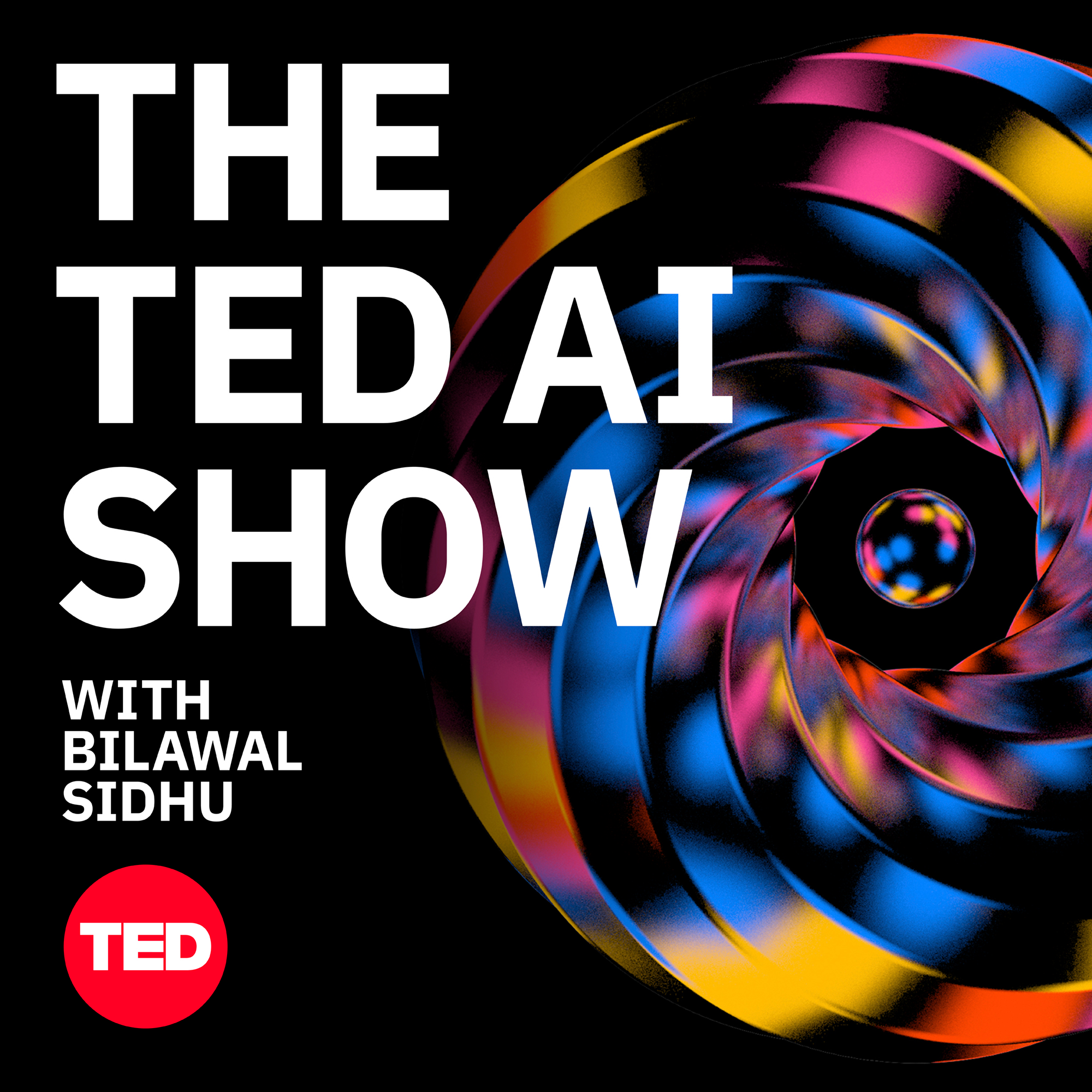
The TED AI Show
TED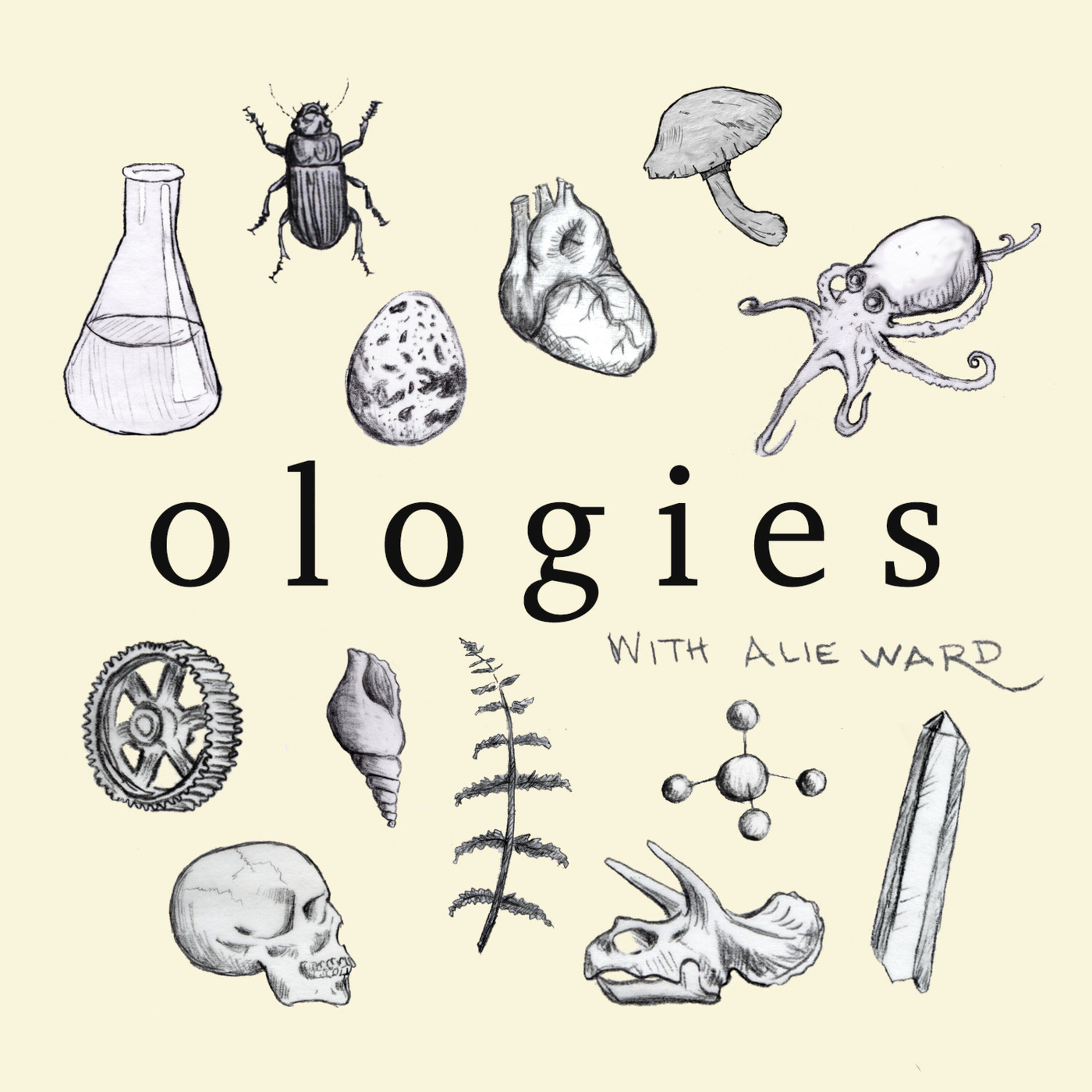
Ologies with Alie Ward
Alie Ward
The Daily
The New York Times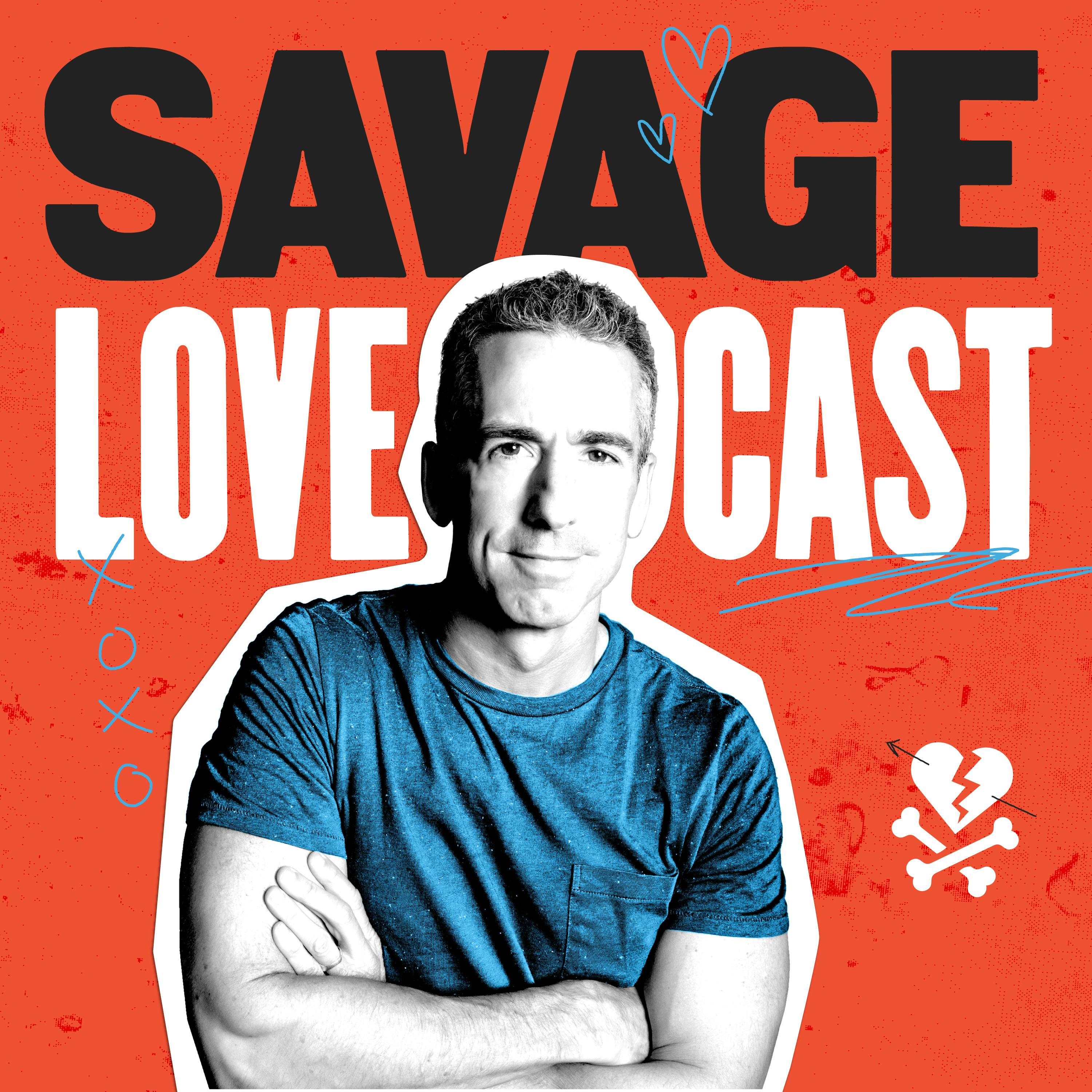
Savage Lovecast
Dan Savage
Huberman Lab
Scicomm Media
Freakonomics Radio
Freakonomics Radio + Stitcher
Ideas
CBCLadies, We Need To Talk
ABC listen
